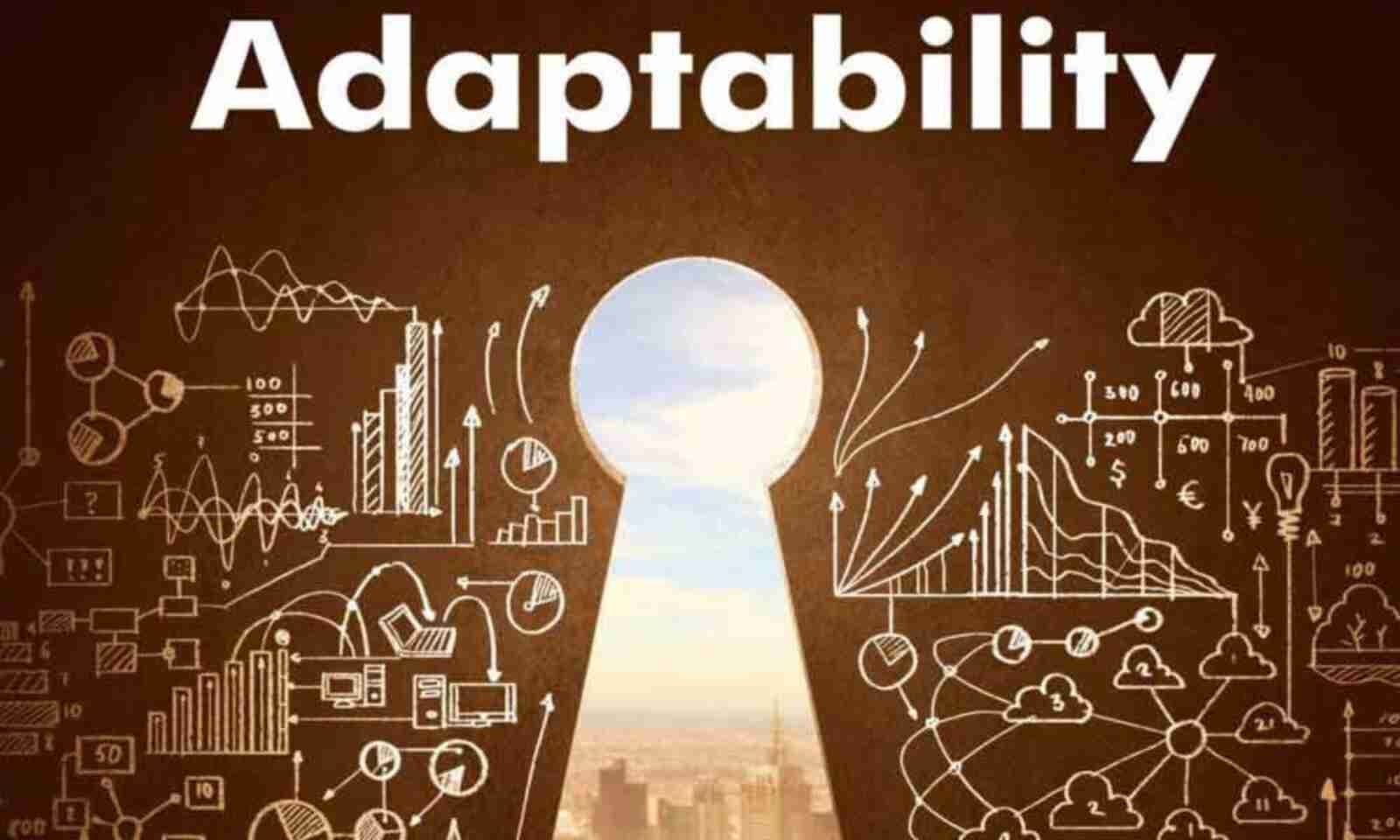
In 2025, adaptability has emerged as one of the defining characteristics of high-performing companies, particularly within fintech. Market conditions shift faster than ever. Customer expectations evolve with every technological leap. Regulations grow more complex by the quarter. Static business models cannot endure this pace. For fintech leaders, adaptability is a framework for strategic execution.
Understanding Adaptability as a Strategic Choice.
In traditional business thinking, strategy was associated with long-term planning and slow recalibration. Today, companies that overcommit to inflexible roadmaps risk falling behind. Adaptability as a strategy means designing your business model, culture, and decision-making process to absorb change and redirect it.
Eric Hannelius, CEO of Pepper Pay, who has guided his firm through changing landscapes in payment innovation, states: “Adaptability isn’t about abandoning direction. It’s about designing systems that evolve without losing clarity. In fintech, where disruptions are constant, we build our approach to accommodate the unknown.”
Strategic adaptability includes:
- Continual assessment of performance benchmarks.
- Regular review of customer behavior and usage trends.
- Structural flexibility in product development and team roles.
- A bias toward experimentation with clear feedback loops.
Real-Time Adjustments in the Fintech Industry.
The fintech sector experiences frequent shifts: payment APIs change, privacy laws tighten, digital wallets grow more sophisticated, and fraud methods evolve. A rigid annual plan can quickly become outdated. Adaptive companies build in room for real-time responses without compromising their core mission.
Examples of adaptive strategy in fintech include:
- Modular product design: Launching services in components allows for updates without a complete system overhaul.
- API-first architecture: Enables integration with new services or platforms as client needs change.
- Dynamic compliance systems: Instead of reacting to regulations post-factum, some companies are building legal-readiness teams that anticipate policy changes based on early signals from global markets.
In all of these cases, the ability to change course quickly comes from preparation.
Organizational Culture and Team Dynamics.
Adaptability is difficult to implement if a company’s culture resists change. That’s why leadership must build a mindset that supports constant evaluation, learning, and adjustment.
Traits of an adaptable organization include:
- Empowered teams: Teams closest to the product or client are often best positioned to identify what’s not working. Giving them the authority to test changes creates a learning feedback loop.
- Failure tolerance: Not every decision will produce a gain. Companies that allow small failures tend to discover large insights faster.
- Flat communication: Ideas and updates should move across departments efficiently. Siloed information slows response time.
Eric Hannelius adds: “We’ve found that adaptability is a systems conversation and a people’s conversation. If your team can’t challenge ideas and test new ones, your structure won’t adapt regardless of how flexible your software stack is.”
Leadership, in this context, is about creating conditions where feedback drives movement. It also requires transparency about why changes are made.
Customer Expectations and Agile Response.
In the fintech world, customers have come to expect faster onboarding, personalized features, and real-time support. Businesses that cannot adjust to these demands will lose ground to competitors that can.
Strategic adaptability requires:
- Listening systems: Using behavioral analytics, survey feedback, and customer service data to understand sentiment.
- Rapid prototyping: Instead of perfecting every feature before release, businesses can deploy minimal viable solutions and refine them in-market.
- Multiple roadmaps: Preparing secondary and tertiary product paths based on evolving customer or regulatory signals.
The most successful fintech platforms in recent years have adopted these strategies and maintained product agility without eroding brand trust.
Resilience Through Diversification.
Another component of adaptability is diversification as in terms of products, so as in markets, channels, and revenue streams.
For instance:
- Expanding geographically reduces overdependence on any one regulatory environment.
- Offering services in adjacent sectors (such as lending or insurance) cushions against dips in core segments.
- Testing new channels (such as embedded finance or B2B solutions) creates growth without relying on legacy systems.
Diversification means exploring areas of opportunity where the company’s strengths align with market needs.
Planning for the Unplanned.
Strategic adaptability also means preparing for events no one can fully forecast: a market crash, a new global regulation, or a generational shift in customer behavior.
Key steps for readiness:
- Scenario planning: Develop models for economic downturns, competitive disruptions, or tech failure.
- Reserve capital: Having financial flexibility allows for rapid pivots.
- Resilient tech stack: Cloud-native infrastructure, automated updates, and real-time monitoring help operations stay functional in a range of conditions.
Eric Hannelius reflects: “We don’t view uncertainty as a disruption. We plan for it like any other operational factor. The more you expect change, the more prepared you are to move.”
Agility Without Chaos.
Adaptability as a strategy doesn’t mean abandoning structure. It means designing with feedback in mind, building teams that think forward, and using real-time data to adjust without hesitation.
For fintech leaders, this mindset leads to better product-market fit, higher user retention, and stronger investor confidence, because it shows the company is prepared to lead in uncertain conditions, not react to them.

The businesses that succeed in 2025 will not be those who guess correctly. They will be the ones who remain open, responsive, and prepared to grow in directions they hadn’t originally planned.
